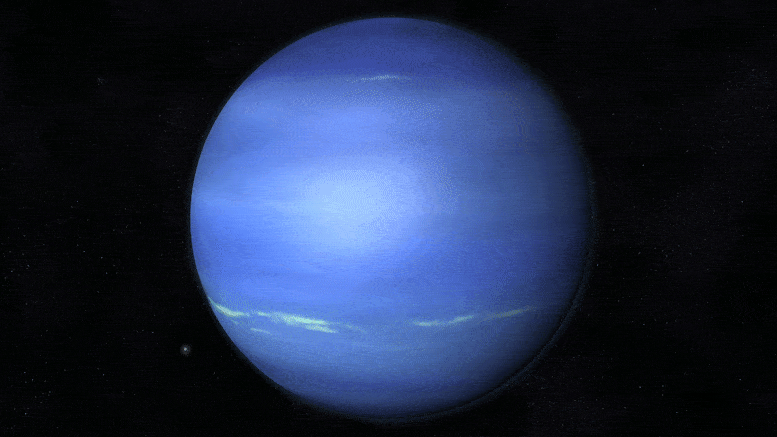
Mini-Neptunes could be super-Earths with a rocky core surrounded by water in a supercritical state.
Many exoplanets known today are ‘super-Earths,’ with a radius 1.3 times that of Earth, and ‘mini-Neptunes,’ with 2.4 Earth radii.
Mini-Neptunes, which are less dense, were long thought to be gas planets, made up of hydrogen and helium. Now, scientists at the Laboratoire d’Astrophysique de Marseille (CNRS/Aix-Marseille Université/Cnes)[1] have examined a new possibility, namely that the low density of mini-Neptunes could be explained simply by the presence of a thick layer of water that experiences an intense greenhouse effect caused by the irradiation from their host star.
These findings, recently published in The Astrophysical Journal Letters, show that mini-Neptunes could be super-Earths with a rocky core surrounded by water in a supercritical state[2], suggesting that these two types of exoplanet may form in the same way.
Another paper recently published in Astronomy & Astrophysics, involving in France scientists mainly from the CNRS and the University of Bordeaux[3], focused on the effect of stellar irradiation on the radius of Earth-sized planets containing water. Their work shows that the size of the atmospheres of such planets increases considerably when subject to a strong greenhouse effect, in line with the study on mini-Neptunes.
Future observations should make it possible to test these novel hypotheses put forward by French scientists, who are making major contributions to our knowledge of exoplanets.
References:
“Irradiated Ocean Planets Bridge Super-Earth and Sub-Neptune Populations” by Olivier Mousis, Magali Deleuil, Artyom Aguichine, Emmanuel Marcq2, Joseph Naar, Lorena Acuña Aguirre, Bastien Brugger and Thomas Gonçalves, 15 June 2020, The Astrophysical Journal Letters.
DOI: 10.3847/2041-8213/ab9530
“Revised mass-radius relationships for water-rich rocky planets more irradiated than the runaway greenhouse limit” by Martin Turbet, Emeline Bolmont, David Ehrenreich, Pierre Gratier, Jérémy Leconte, Franck Selsis, Nathan Hara and Christophe Lovis, 9 June 2020, Astronomy & Astrophysics.
DOI: 10.1051/0004-6361/201937151
Notes
- In collaboration with a researcher at the Laboratoire Atmosphères et Observations Spatiales (CNRS/UVSQ/Sorbonne Université)
- Supercritical water exists at very high pressures and temperatures.
- The French scientists work at the Laboratoire d’Astrophysique de Bordeaux (CNRS/Université de Bordeaux) and used a planetary atmosphere model developed at the Laboratoire de Météorologie Dynamique (CNRS/ENS Paris/Ecole Polytechnique– Institut Polytechnique de Paris/Sorbonne Université).

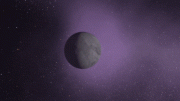
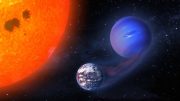
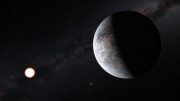
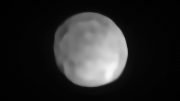
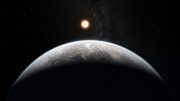
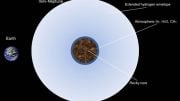

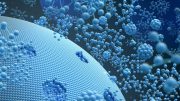
Be the first to comment on "Mini-Neptunes Could Be Irradiated Ocean Planets"